Buying a used car through a private seller can be a great way of finding a bargain, but as you won't be dealing with a licenced automotive trader, you'll need to be thorough and cautious.
Buyers should be aware that by forfeiting a dealership purchase, the car will not come with a statutory used car warranty. This means you'll have no other recourse should anything go wrong.
It's also important to be mindful of unlicensed sellers who buy cheap used cars and do some basic repairs (or hardly any) before selling them on to unsuspecting buyers.
If you have a particular make and model in mind, before you start contacting any sellers, check the price of similar used vehicles being offered for private sale so you know the going market rate. Take note of the model year and kilometres driven.
RELATED: Popular cars with reliability problems to be wary of »
Once you find a car you like through a private seller, there are some simple checks you can make to establish whether it’s worthy of further consideration, even if you have little or no technical or mechanical knowledge of cars.
Make sure you schedule an inspection during the daytime and ideally when it's not raining so you can clearly spot any dents, scratches or other blemishes on the car’s surface. You should also arrange to meet at the seller’s home, rather than at a park or any other public space. That way, you can be sure that the address on the vehicle's registration paper matches the seller’s address. This can help provide peace of mind about the owner’s identity.
Prepare a checklist of questions to ask the seller and keep the following points in mind when inspecting or road testing the car. It can also be useful to bring a friend along to help pick up any issues you might not otherwise notice.
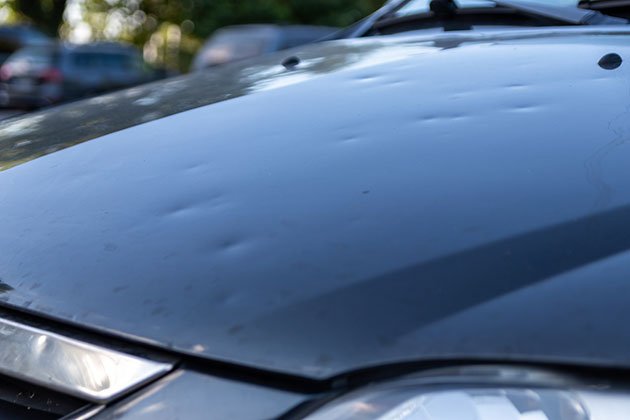
Surface appraisal
When you arrive to inspect the car, check the paintwork for any bubbles and colour differences that might indicate it has panel damage from rust or a crash. Ensure all the panels fit properly and the doors open and close seamlessly.
Inspect the tyres (including the spare) to spot any uneven wear that might indicate problems with steering or suspension. Check the wear indicator bars moulded into the tyre tread. Ideally, once the tyre tread depth goes lower than 3mm, you should start to consider buying new tyres, and if the tread is level with the wear indicator bars, it’s time for new tyres.
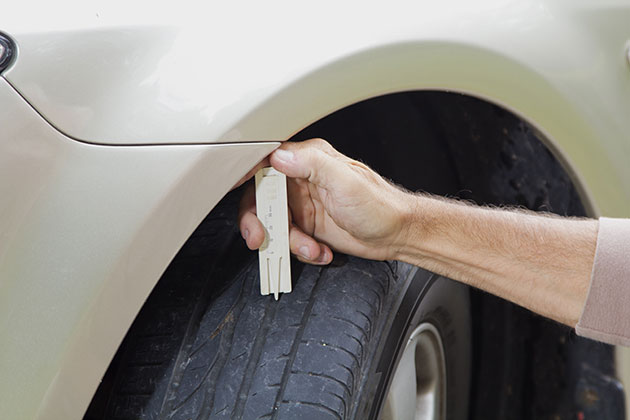
Also, have a scan underneath the car and on the ground for any potential oil leaks.
Inside, look out for worn fabric and ensure that the seatbelts are in good condition.
Lift the bonnet
Under the bonnet you should look for signs of oil and coolant leaks as well as general wear and tear, including cracks on rubber parts. Next, pull out the dipstick and ensure the oil is clean and doesn’t look too dark or thick (a consistent amber/brown is good). If it looks like the froth on the top of a cappuccino, that’s a sign coolant is getting into the oil, which could mean costly repairs.
RELATED:
How to do a basic car check »
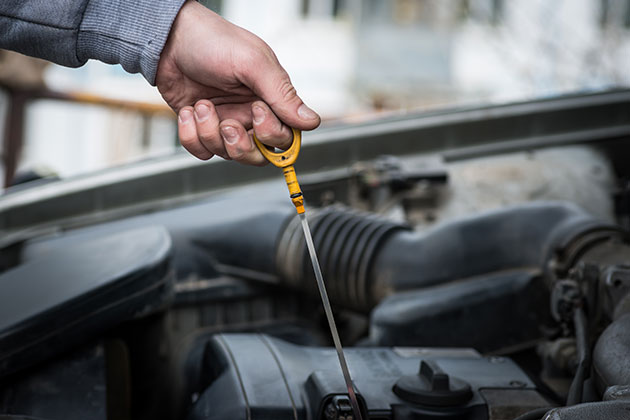
While the bonnet’s up, it’s a good idea to note down the VIN number and use it to check that the car has no finance owing on it, using the Personal Property Securities Register (PPSR). The register keeps tabs on any security interests recorded against the car, meaning it could be repossessed if there’s still money owing on it from a previous car loan – even if you’ve already made a payment. Also, you’ll find out if the car has previously been written off or stolen.
To make the search you’ll need the VIN number as the register cannot perform a check using the car’s number plate. The placement of the VIN number can vary, so if you can’t find it under the bonnet, check the bottom of the windscreen, inside the driver’s side door or on the registration papers. Then head to the PPSR website and input the VIN number. The check involves a minimal service fee.
Take a test drive
No matter how sleek and polished the car looks, taking it for a test drive will reveal important information about the condition of the car. Ensure it starts, idles, stops and changes gears smoothly. It’s also useful to know how it starts from cold, because cars can behave differently if they've already been running and are then restarted while the engine is still warm.
Before you start to move off, turn the steering wheel back and forth to check for any unusual friction or noises that might suggest a problem with the power steering. While driving, keep the radio off and listen out for any suspicious noises.
Beyond local streets, it’s best to test the car at different speeds and on a variety of surfaces. Head down the freeway to test it at higher speeds and, if possible, drive through winding roads and up and down hills. It’s best to test the handbrake on an incline.
If you’re inspecting a manual transmission vehicle, you’ll need to ensure the clutch engages and disengages smoothly, and that the gear lever movement is smooth.
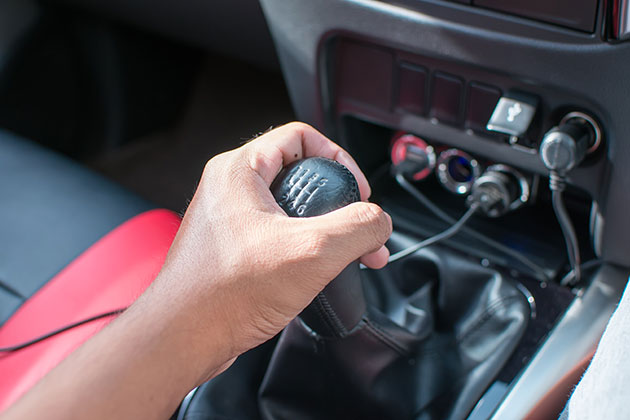
RELATED: The cheapest cars to own and run in 2023
Check the books
Ask to see the car’s service book to get an idea of whether it’s been serviced regularly. Make sure all the registration paperwork is in order and always obtain the original versions and not photocopies. Remember to follow up on the Personal Property Securities Register.
Should I negotiate?
Before it comes to making things official, remember to determine what the average selling price is for similar vehicles in the private market (considering age and kilometres travelled). Check online for other private sales listings.
Log any faults or general maintenance items you find with the car, and if you’re still interested, plan to negotiate based on the cost of fixing these problems.
Final considerations
If all seems in order, the next step ideally should be to get a professional second opinion through your regular mechanic or an RAC vehicle inspection. You’ll then have a clear idea of the car’s current condition and what repairs and maintenance may be due.
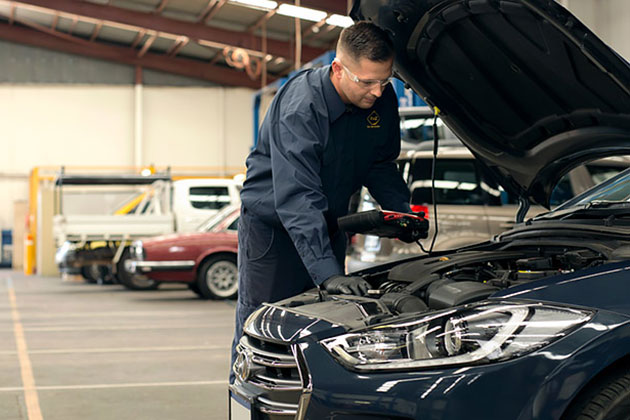
Closing the sale
If you’re confident in the quality of the car and want to make a purchase, there are a few loose ends to tie up before hitting the road. The first thing to keep in mind is that you must inform the Department of Transport (DoT) within 14 days of purchase, or you may accrue penalties. Both buyers and sellers can fill out a Change of Ownership form or complete the process online at the DoTDirect website. The seller is required to submit the seller’s copy to the department within seven days.
When making the transfer, you’ll need the car’s number plate, registration expiry date, odometer reading, make and model, body type, VIN or chassis number, engine number and your driver’s licence number. Once the form has been submitted, DoT will invoice you for the vehicle licence duty and transfer fee, or follow up requesting further information to officially make the transfer.
If buying an older vehicle, buyers will need to ask the seller if an immobiliser is fitted and, if so, the type and date fitted. New passenger cars sold in Australia since 2001 have been required to have an immobiliser fitted as standard.
As a final but crucial note, you’ll need to transfer your insurance policy to the purchased vehicle or, if taking out a new policy, make sure you’re covered from the date the car is signed over to you.
Pre-purchase vehicle inspections
Before you buy a used vehicle, get a professional mechanical inspection from RAC Auto Services so you're aware of the vehicle's general condition. Members save 10% on vehicle inspections.
